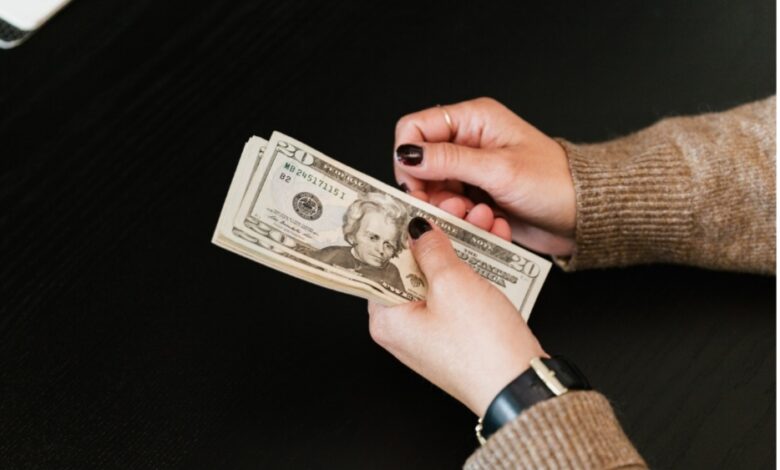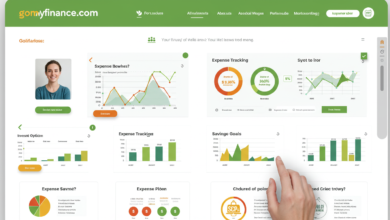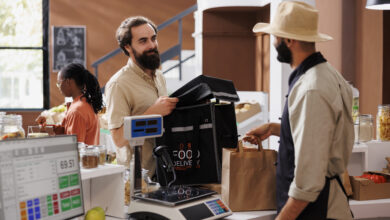6 Ways to Boost Your Emergency Fund

Is your emergency fund small? Almost empty? Non-existent? If you’ve answered “yes” to any of these questions, you need to read this and make a change.
An emergency fund is an essential financial tool. It can help you handle urgent, unplanned expenses that are outside of your monthly budget. Think of stressful situations like when your car gets a flat tire in the middle of your commute, and you have to call a tow truck. Or when your air conditioning breaks down in the middle of a heatwave, and you need to contact a repair company right away. The emergency savings can cover these crucial services and repairs.
Your emergency fund can also help you get through times of financial instability, like if you lose your job without warning or fall ill. The savings can supplement your income so that you can manage essentials like rent, groceries and utility bills until you regain your stability. This is why you should aspire to save between three to six months’ worth of your income inside your fund.
How Can You Boost Your Emergency Fund?
As you can see, your ultimate savings goal for an emergency fund should be between three to six months’ worth of your income. To help you reach that ambitious goal, read these useful tips for boosting your emergency savings:
1. Automate Contributions:
One of the first things that you should do to boost your emergency fund is automate your contributions. Set up automatic transfers between your checking account and saving account every single month. You might even be able to arrange a direct deposit into your savings through your workplace, allowing a portion of your paycheck to go straight into the fund.
Your emergency fund will be slow to grow if you keep forgetting to put money inside it. By automating the payments, you can guarantee that you’re steadily building up your balance as the year goes on.
2. RoundUp Your Change:
This is not asking you to collect loose change sitting in your jacket pockets and underneath your couch cushions. This is telling you to collect your digital change using round-up apps.
A round-up app rounds up your debit card transactions to the nearest dollar and sends the remaining change into a savings account. So, if you purchase an item that costs $19.25 on your debit card, 75 cents will go directly into your savings. These will be minor additions to your emergency fund, but they will slowly add up and boost the balance.
3. Use Your Tax Refund:
According to the IRS’s recent filing season statistics, the average refund for individuals in 2022 is $3,401. That’s a hefty refund! If your refund is anywhere close to that average, you should move as much of it as you can into your emergency fund.
Have you missed the tax filing deadline? File anyway. The longer that you delay this process, the more penalties you’ll have to pay, and the longer you’ll deny yourself access to a tax refund. Technically, you have a three-year window to claim your refunds.
4. Use Other Windfalls:
Your tax refund isn’t the only windfall you can use! You can use funds from stimulus checks, work bonuses, lottery winnings or inheritances, too. Contributing even a small portion of these windfalls into your emergency fund will help you boost its balance quickly and bring you one step closer to reaching your final savings goal.
5. Change Your Account:
Moving your emergency fund into a high-yield savings account will help you boost its contents over time. A high-yield savings account offers a higher interest rate than a standard savings account. With the interest rate and annual percentage yield, your savings can grow automatically.

6. Don’t Touch It:
The last step for boosting your emergency fund is to leave it alone. Don’t make any withdrawals unless it’s absolutely necessary. It’s for emergency expenses only. If you’re hoping to buy yourself a new pair of shoes or book plane tickets for a summer vacation, you’ll have to look elsewhere for the funds. This particular savings account should be off-limits.
Why should you do this? First of all, your emergency fund won’t be a very useful safety net when you make frequent withdrawals from it. You’ll have a smaller pool of savings to rely on when facing an urgent, unplanned expense. Or worse, you’ll have no savings left whatsoever.
Making unnecessary withdrawals won’t just reduce the available savings from your fund. It can also sabotage its growth. If your fund is sitting in a high-yield savings account, you will undermine the benefit provided by the interest rate. The higher your account balance, the higher your yield from interest will be. By shrinking your balance, you’re reducing its potential growth rate.
Your high-yield savings account might also have a minimum balance requirement. When your account dips below that minimum balance, you will have to pay a fee. So, making unnecessary withdrawals will cost you more money until you cross that minimum requirement once again.
What Can You Do Without One?
If you’re dealing with an emergency expense and you haven’t filled up an emergency fund just yet, don’t panic — you still have options for handling the situation. You can turn to your credit card or a personal loan for help.
If you’re planning to cover an urgent expense with your credit card, check your balance first. You don’t want to be too close to your card’s limit. This could push you to accidentally max out your card.
If you’re planning to apply for a personal loan online as a solution, check to see where it’s available. So, when you live in New Orleans, you’ll want to look for a personal loan in Louisiana to manage your emergency. Some online loans won’t be available in Louisiana. You don’t want to waste your time searching for credit solutions that you can’t access in your state.
An empty emergency fund isn’t very useful. Follow these tips and try to boost your savings as much as possible.



